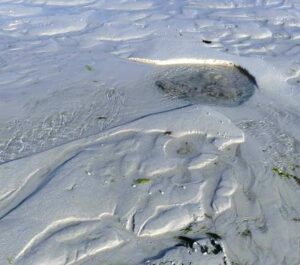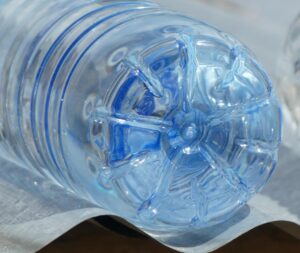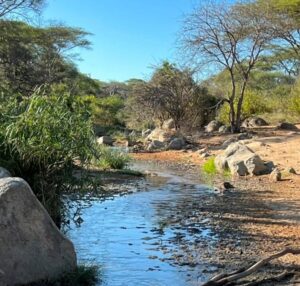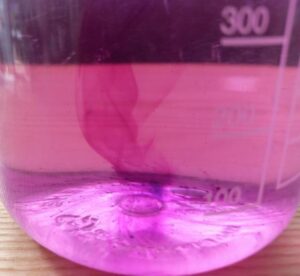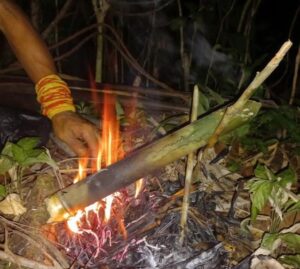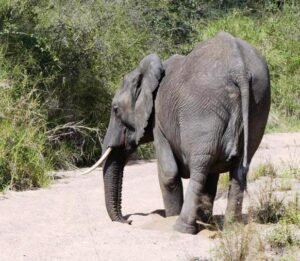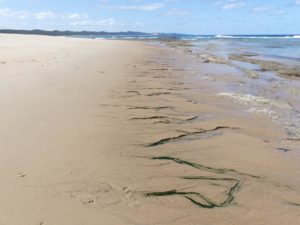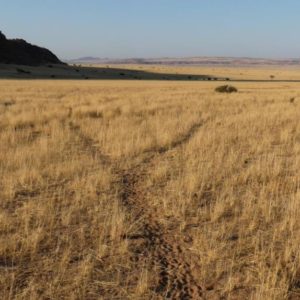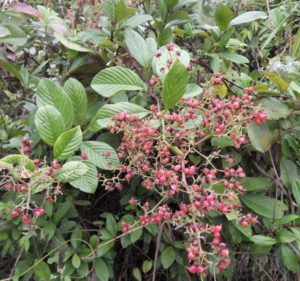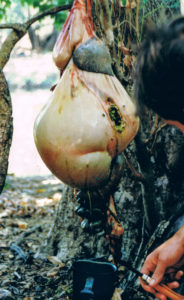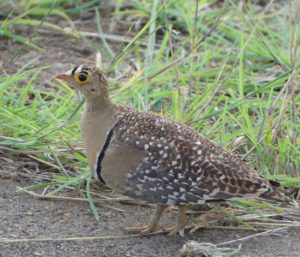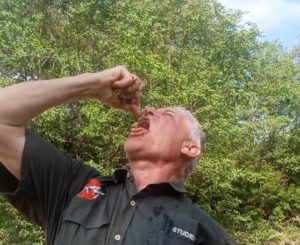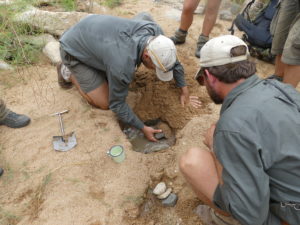Water
Feral donkey trails leading to water
At the end of the 19th and beginning of the 20th centuries, many draught animals were released in the wild in Western Australia, as motor vehicles took over their work. These included donkeys and camels. Both species flourished thereafter in…
Freshwater springs in the lagoons
Freshwater springs in the lagoons of Zanzibar are a unique feature of this island. Although such springs exist on many – or even most – coasts worldwide, these Zanzibarian springs can be used as a characteristic example of this phenomenon….
Water disinfection by UV-rays from the sun
One method of disinfecting water from biological hazards is utilizing UV rays from the sun, known as SODIS (Solar Disinfection). The principle of water disinfection by solar radiation was first discovered in 1984 by Prof. Aftim Acra of the American…
Hadza water sources
The Hadzabe (plural of Hadza) natural environments are the escarpments and rocky, wooded hills that form the watersheds for Lake Eyasi and Yaeda Swamp in Tanzania. In this Rift Valley environment, seasonal rainfall changes and surface water availability from runoff…
Disinfecting water with Potassium Permanganate
Potassium permanganate is an essential chemical for various simple living applications. One is its disinfecting effects, and the other is the possibility of chemically starting fires. This article discusses disinfecting water on a small scale for drinking purposes. We will…
Boiling water in bamboo
Boiling water in green bamboo stems (‘culms’ would be the botanically correct term) is not a significant skill, but it represents the basic cooking technique in Southeast Asian forests. One of the following articles will build on that and explain…
Elephant diggings in dry riverbeds
African elephants (Loxodonta africana) require approximately 40 to 60 gallons (150 to 220 liters) of water daily to maintain their health. They obtain this water from various sources, including open water bodies and wells dug in sandy riverbeds. Additionally, elephants…
How to find freshwater on sandy beaches?
Freshwater seepages occur along drainage lines on beaches, where the water table meets the sea. These seepages are fed by freshwater supplies from inland, and the land beyond the sea is naturally higher than sea level, causing freshwater to flow…
Game trails towards water in African savannas
Larger herbivores in African savannas formed game trails by regular use over eons of years and many, many generations. These trails connect water sources and feeding and bedding areas within their home range. And for a few of them, they…
Tetracera alnifolia – a vine for water shortages
Tetracera alnifolia (Dilleniaceae); Synonym T. alnifolia subsp. alnifolia; Common names Kiziazi, Nziazi, Nziazia (Kongo), Liane à eau (Fr.), Water tree Description A woody creeper up to 20 m long and up to 10 cm. in diameter. Leaves are 4 -…
Rumen fluid as an emergency drinking liquid
Rumen fluid is a greenish-colored liquid substance with an aromatic and slightly sour smell. It is uniformly distributed in the rumen of antelopes and mixed with grazing or browsing roughage, fermentation gases, and bioactive organisms. The rumen liquid primarily comprises…
Double-banded Sandgrouse as water indicator
The Double-banded Sandgrouse (Pterocles bicinctus) is commonly and colloquially called by its abbreviation ‘DBSG’ in Southern Africa. Its main distribution area is the savanna biome, especially Mopani Bushveld. There are three more species of sandgrouses in Southern Africa, all having…
Water from elephant dung
Elephants are a kind of dung-producing machines In the wild, African elephants (Loxodonta africana) are foraging about 150 – 180 kg of plant material per day. And they also drink about 350 liters of water. Consequently, they excrete about 10 –…
Digging for water by wells in sandy riverbeds
Where to dig One of the most essential techniques for finding drinkable water in Southern African natural environments is digging for water in areas that are holding water underground. These water-holding structures can be situated next to an open water…


